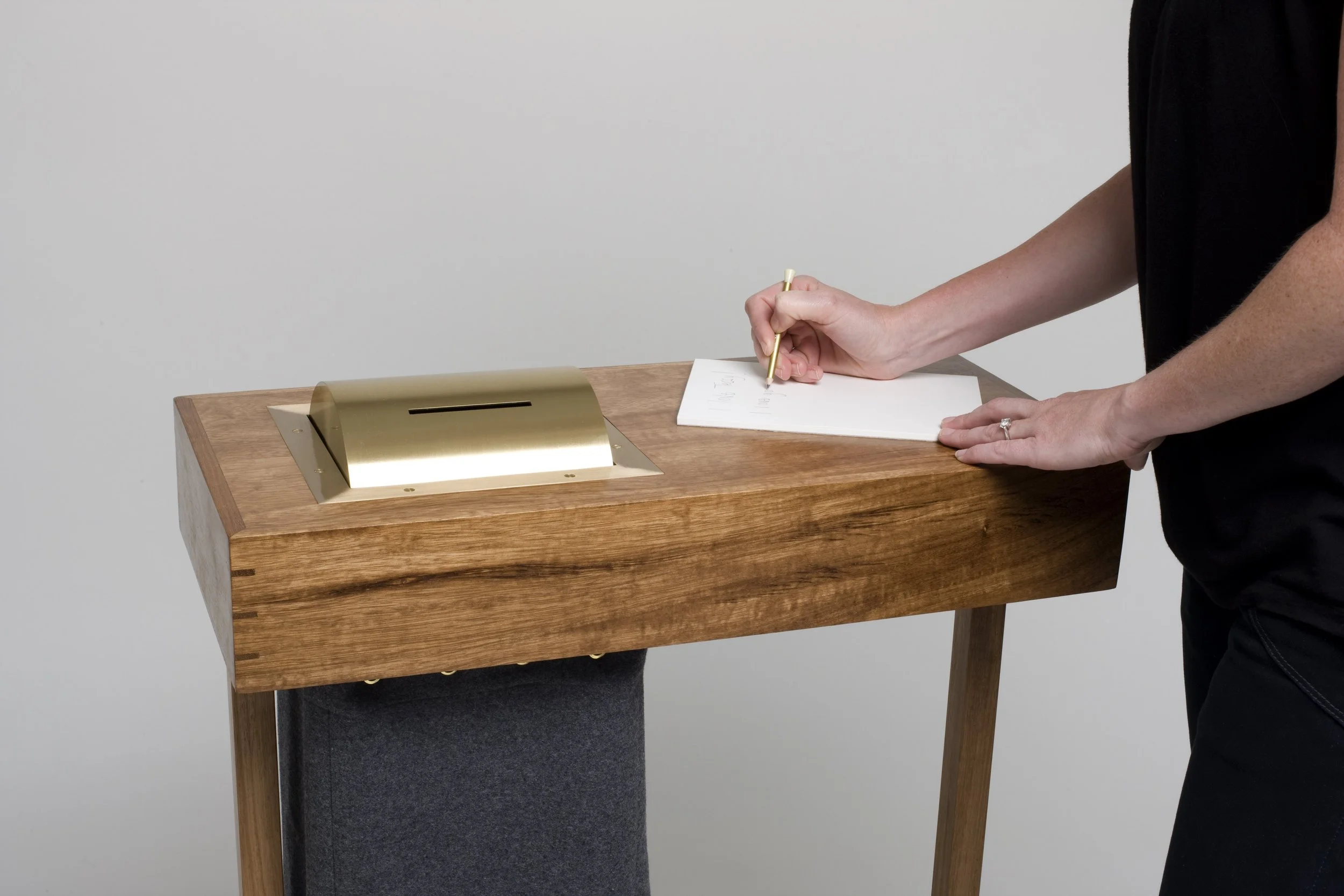mari velonaki is an innovator in the areas of social robotics,
human-machine interface design and media art
She creates intellectually and emotionally engaging human-machine interfaces that incorporate movement, speech, touch, breath, electrostatic charge, artificial vision, light and text.
Velonaki is the founder and director of the Creative Robotics Lab (Art, Design & Architecture UNSW) and the National Facility for Human Robot Interaction Research (UNSW, USYD, UTS, St Vincent’s Hospital), and is a Professor of Social Robotics at the University of New South Wales and a Research Leader at the UNSW Ageing Futures Institute.
projects
explore
The Creative Robotics Lab
The Creative Robotics Lab (CRL) is a collaborative research and educational space that advances interaction between humans and machines by designing and evaluating novel interfaces and incorporating the principles of creative practice in its approach to social robotics.
The CRL was founded in 2011 at the UNSW School of Art & Design by current director Professor Mari Velonaki, as part of her vision to create technological systems that improve and enhance the human experience.
CRL’s multidisciplinary prototyping and testing space is used by UNSW researchers, students and industry partners. The CRL utilises its sister facility, the ARC funded National Facility for Human-Robot Interaction Research, for the evaluation of prototypes developed in the CRL in a high-resolution state-of-the-art testing environment, purpose-designed to unobtrusively capture complex data sets of people interacting with robots and other technological systems.
The National Facility for Human-Robot Interaction Research
The National Facility for Human-Robot Interaction Research is a multi-institutional research facility designed to unobtrusively monitor human behaviour in a large, repurposable experimental space.
State-of-the-art sensors are concealed in the experiment space allowing unobtrusive measurement of human physical attributes such as location and limb position. Internal states such as affect and intent can then be inferred from the physical measurements. The streams of time-stamped data can then selectively be logged to computer disk and/or used in real time to control technological devices in the experiment space.
The Facility is available for academic or commercial collaborative or contract research and for social purposes. There is no comparable facility for HRI research worldwide.














